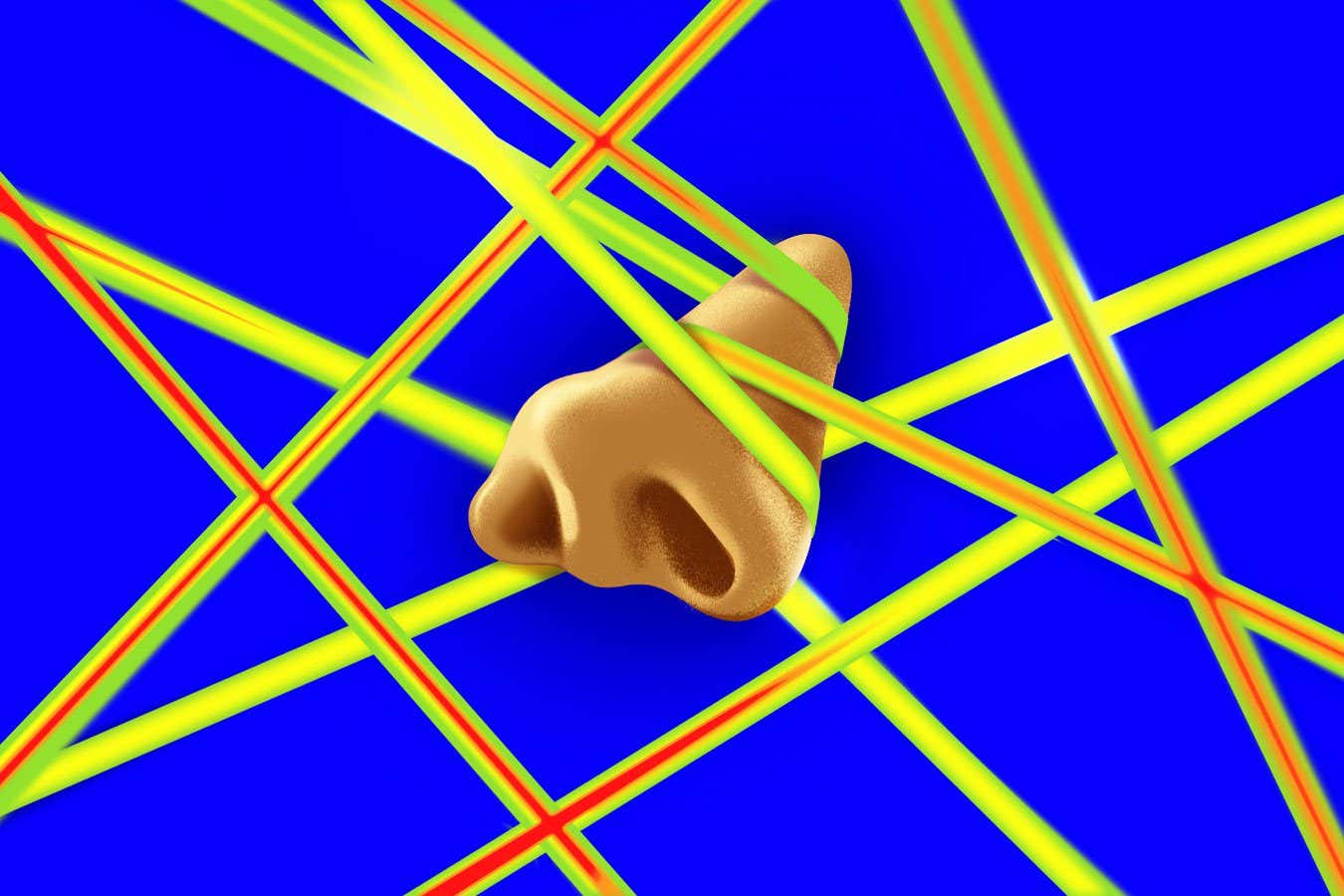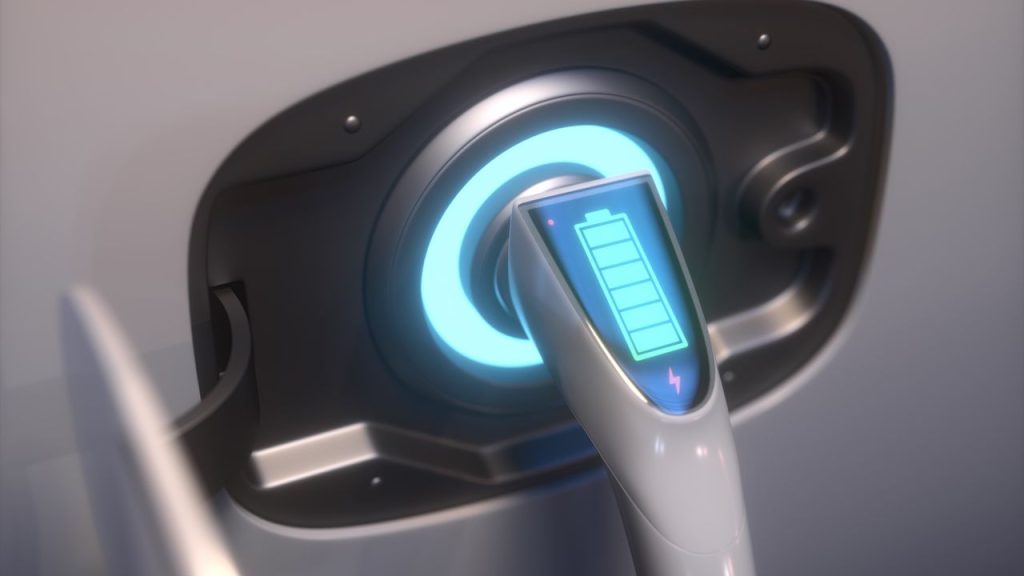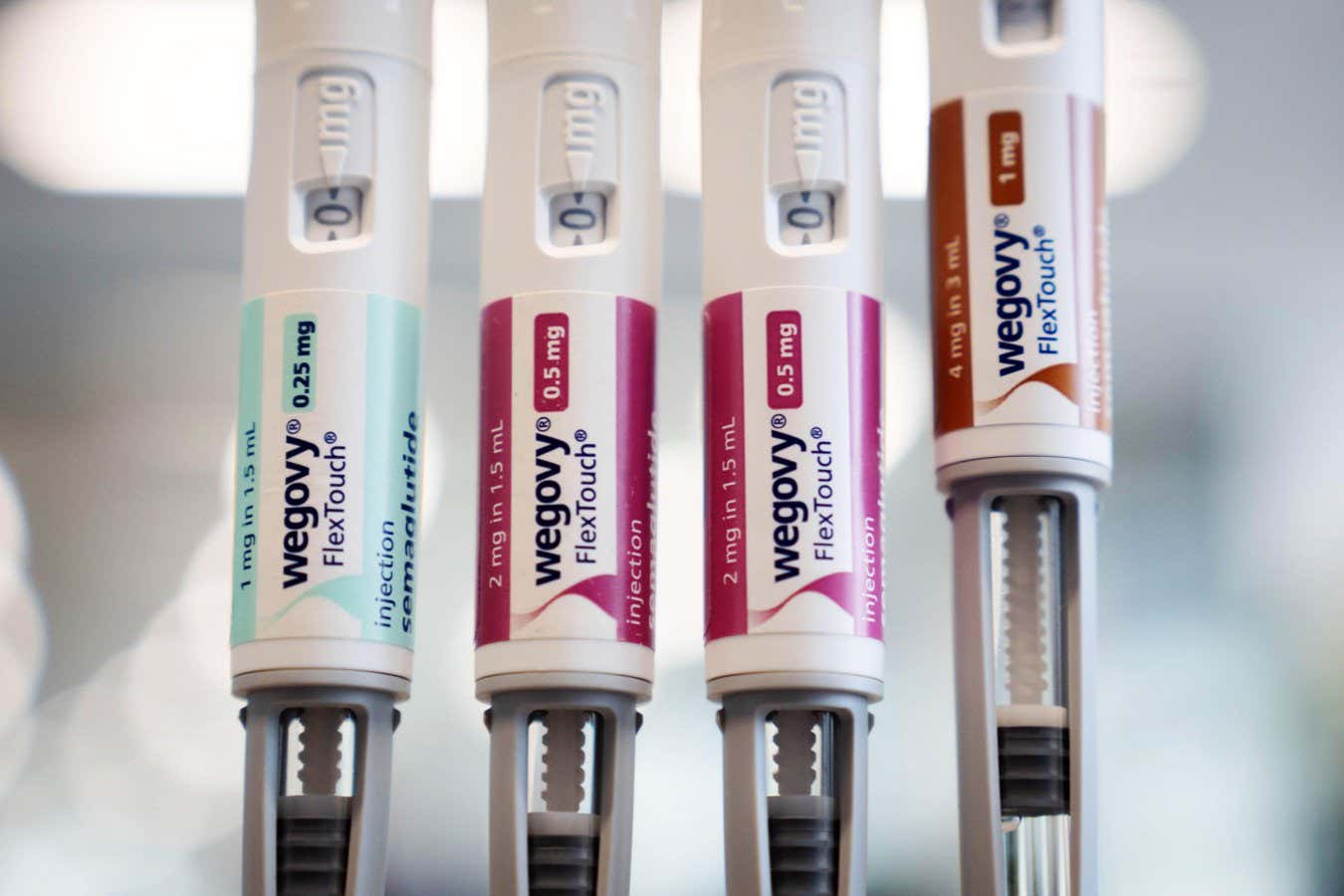Now Reading: Your Nose: A New Clue to Understanding Mental Health
-
01
Your Nose: A New Clue to Understanding Mental Health
Your Nose: A New Clue to Understanding Mental Health

Swift Summary
- Diagnosing mental health conditions like anxiety and depression is challenging; stress plays a key role in thes illnesses.
- Scientists are exploring the use of nose temperature, especially at the tip, as a non-invasive indicator of stress levels.
- Current methods to measure stress rely on subjective questionnaires or physical markers like blood pressure and heart rate, which have limitations.
- Thermal imaging cameras can detect temperature changes in facial blood flow caused by stress. A “nasal dip” (drop in nose temperature due to rerouted blood flow) serves as an objective signal of stress.
- the nasal dip has been observed across species, including humans and non-human primates, hinting at evolutionary meaning in the stress response.
- Unlike existing methods requiring labs or physical setups,thermal imaging offers continuous monitoring without contact and minimal disruptions.
- Possible applications include biofeedback for managing personal stress responses, detecting stress in infants who can’t communicate verbally, and monitoring high-pressure environments such as emergency rooms or trading floors.
Image: Nose temperature research could provide simpler ways to study mental strain. (Credit: Adrià Voltà)
Indian Opinion Analysis
The potential use of nasal thermal imaging represents significant progress toward addressing long-standing gaps in mental health diagnostics-a field often constrained by subjective tools or clinical interventions that disrupt routines.For india specifically, wiht it’s large population facing growing mental health challenges amidst socioeconomic pressures, implementing such objective measures could ease barriers to diagnosis across urban and rural settings.
As healthcare technology evolves globally at rapid speeds, India’s multifaceted cultural norms regarding emotions may influence how widely this method is embraced. However-and critical here-thermal devices must be cost-effective for public adoption given resource constraints within India’s healthcare systems. If adapted successfully into scalable solutions like wearable devices or apps compatible with smartphones commonly used across India’s demographics, this innovation could democratize access to better mental health care.


























